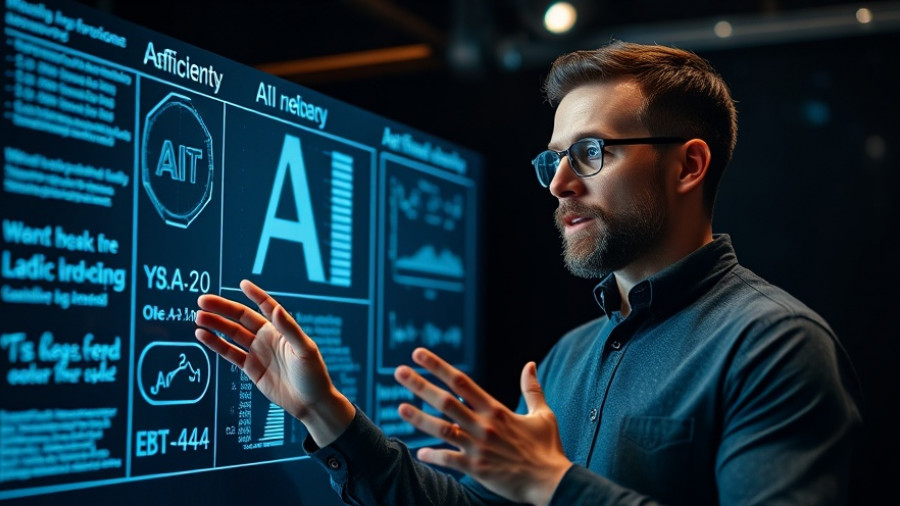
Understanding Biometrics: The Balance of Privacy and Security
Biometrics—like fingerprints, facial recognition, and voice identification—represent a significant leap in ensuring security and streamlining accessibility. However, the question arises: do these technological advancements infringe upon our privacy? Many may say yes, while others might argue no, but the truth is likely much more complex.
In Biometrics & Security: Privacy, Deepfakes, & Cyber Threats, the discussion dives into the intersection of biometric technology and privacy, prompting us to explore deeper insights on this critical topic.
Are Our Biometrics Truly Secrets?
To delve into the world of biometrics, one must first understand that our physical traits are exposed daily. Your fingerprints are on the coffee cup you just drank from, and your face is visible every time you step outside. Hence, the idea that these unique identifiers are kept secret is somewhat misleading. In fact, the real concern is not whether biometrics are secret but how they are collected and used. This brings us to a crucial point: consent.
How Do Biometric Systems Function?
Biometric systems operate by storing a numerical representation of unique traits rather than the actual attributes themselves. For instance, when you enroll your fingerprint, the system records its unique characteristics—the arrangements of ridges and patterns—assigning them coordinates and angles to create a biometric template. When you present your fingerprint again, the system checks this template against the stored data to verify your identity. Understanding this process demystifies some common misconceptions and highlights the technology's potential.
Biometric Security: The Good, the Bad, and the Ugly
While biometrics can significantly enhance security—offering a reliable alternative to passwords—they also present risks. False positives and negatives are concerns when the system mistakenly identifies someone or fails to recognize the rightful user. Moreover, as technology evolves, deepfakes pose an emerging threat that could mislead these identification systems. To counteract vulnerabilities, multi-factor authentication is essential, combining biometrics with other security measures for robust protection.
Storing Biometrics: Privacy Risks
Where biometric data is stored influences privacy significantly. If a fingerprint is stored safely on a device, it mitigates privacy risks. Conversely, storing this data on a cloud server opens the door to potential breaches. Part of the consent process involves understanding where and how your data is managed, assuring that it remains secure and is used only for authorized purposes.
The Importance of Consent in Biometrics
This leads us back to the original complexity surrounding biometrics and privacy: consent. If individuals willingly provide their biometric information for security, the use is often deemed acceptable. On the other hand, unauthorized collections or uses—such as tracking and profiling—can lead to extreme invasions of privacy that most individuals would resist.
The Future of Biometric Technology and Privacy
As society advances towards deeper integration of biometrics, awareness and regulatory measures must be prioritized. The ongoing research into cancellable biometric information offers promising solutions to address concerns about potential breaches, ensuring that compromised data does not irreparably harm individuals.
Conclusion: Embracing Innovation with Caution
In conclusion, biometrics represent a double-edged sword. They provide ease of access and enhanced security while also raising valid concerns about privacy and misuse. The solution lies in informed consent and responsible implementation, allowing technology to serve the greater good without sacrificing individual rights. As we continue to navigate this complex landscape, fostering dialogue and awareness will be vital to harnessing the full potential of biometrics.
 Add Row
Add Row  Add
Add 




Write A Comment